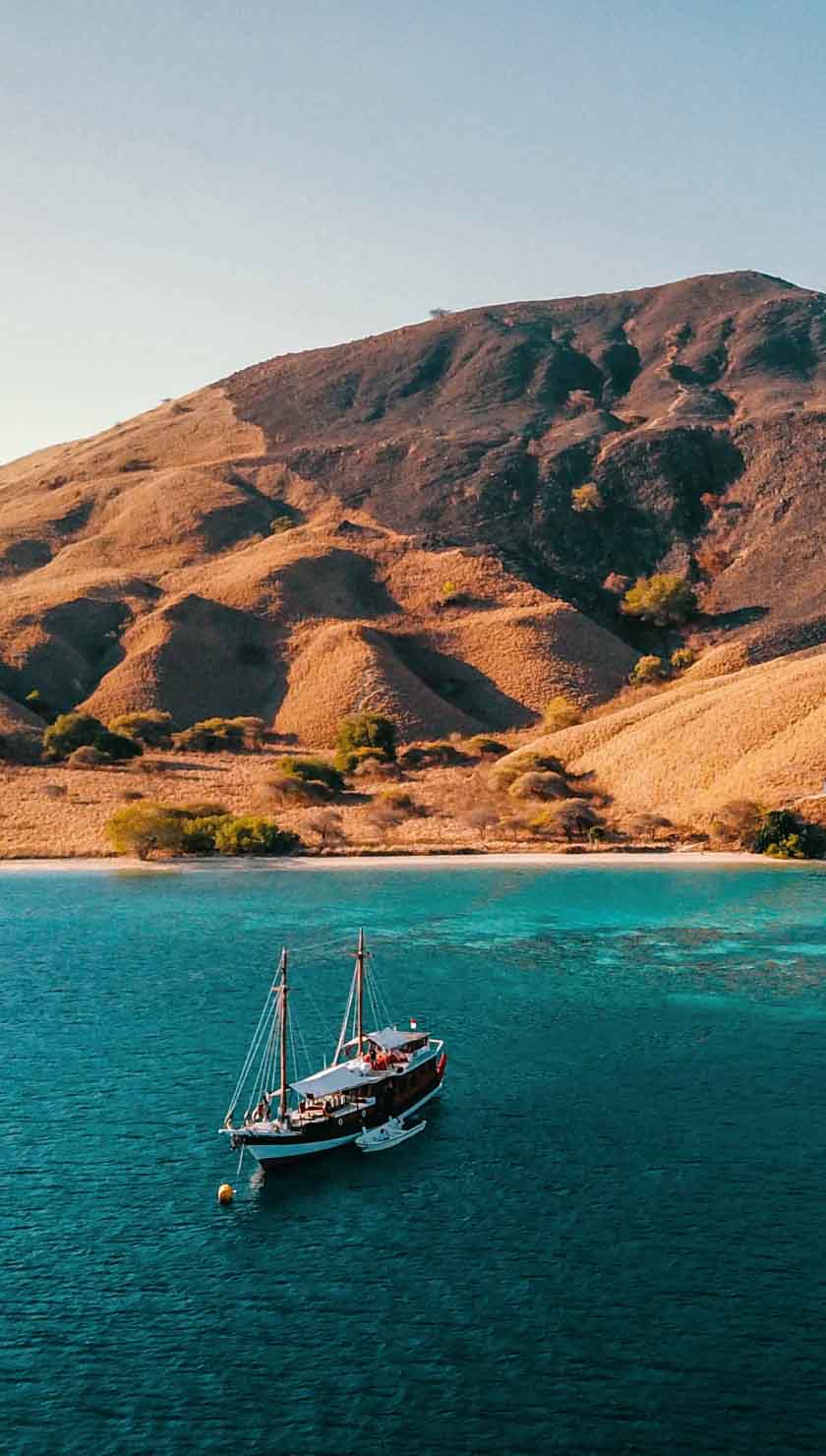Top things to do and see in Marlborough Sound
Queen Charlotte Sound is the easternmost of the sounds and one of two major sounds making up the Marlboroughs, in addition to Pelorus. It is known for its calm waters, perfect for sailing, kayaking, and, of course, Marlborough Sound overnight cruises. Fringed with thick pine forest, the sound is home to dolphins, New Zealand fur seals, and orcas. Several islands lie within the sound, including Motuara Island, an important bird sanctuary.
Pelorus Sound, along with Queen Charlotte Sound, is one of the two main bodies of water making up the Marlborough Sounds. Located at the north end of South Island, Pelorus Sound has many watery arms, including Kenepuru Sound, and is frequented by pods of playful dolphins and even the occasional humpback whale.
Kenepuru Sound is actually a branch of the Pelorus Sound, though still one of the largest sounds among the Marlboroughs, stretching for twenty-five kilometers (16 miles). It is the site of important mussel farming and a favored spot for fishing, especially for snapper.
The Queen Charlotte Track runs for 71 kilometers (44 miles) from Ship Cove to Anakiwa along the lushly wooded ridge that separates Queen Charlotte Sound from Kenepuru Sounds. The track includes easy and more challenging stretches and can be walked in sections or from end to end. No matter how much or how little of the track one explores, visitors are rewarded with a trek through forests and along rocky ridges offering tremendous views of the sounds and encounters with gannets, woodpigeons, waxeyes, wekas, and the elusive wild pig.
Motuara Island, in Queen Charlotte Sound, is a bird sanctuary and bird-watcher’s paradise. The island is home to various bird species, including robins, tuis, kiwis, bellbirds, kakariki, and the rare south island saddleback. Visitors can hike the island to spectacular views of the sounds and Cook Strait and see penguin nesting boxes set up as part of local conservation efforts.
Ship Cove, a bay located in the Queen Charlotte Sound, just west of Motuara Island, was named and made famous by the British explorer Captain James Cook. Cook made anchor at the cove in the early 1770s to replenish his ship’s stores and promptly fell in love with the place, making it his favorite rest stop in between exploratory expeditions. Today, Ship Cove serves as a monument to the fabled explorer and an excellent spot to swim at the nearby beach among the songs of the surrounding birdlife. Ship Cove also serves as the starting point for the Queen Charlotte Track.
D'Urville Island, home to just over fifty permanent residents, is a less-traveled stop on New Zealand adventure cruises. D’Urville is known for its hiking and cycling trails, offering panoramic views of the sounds. It is also an excellent spot to enjoy some fishing in Stephen’s Passage and the French Pass, including Kingfish, Snapper, Grouper, and Blue Cod. The island is separated from the mainland by the notorious French Pass, known for its rushing waters and numerous vortices, which have been the bane and the end of many captains over the centuries. No need to worry, though, as cruises in Marlborough Sound steer clear of the more treacherous areas of the pass!
Top Tips for visiting Marlborough Sound on a cruise
- Pack a good pair of hiking boots for treks along Queen Charlotte Track.
- Bring binoculars and a camera to help spot and capture birds and whales.
- It is recommended to pack a warm jacket and waterproof shell, regardless of the season.
Best time to cruise the Marlborough Sound
September to November is spring and a good time to visit the sounds as the weather is warming while crowds are still small.
The Marlborough Sounds in December to February are especially popular with international and local visitors, so plan ahead to ensure availability and avoid high prices. Summer is the best time to see whales.
The best time to take a Marlborough Sounds cruise is fall, from March to May, when the weather is still warm and the leaves are turning.
June to August in the Marlborough Sounds is winter, bringing more rain and the possibility of snow. Note that many Marlborough Sound small-ship cruises are not available during this period.
Where do Marlborough Sound cruises depart from?
Typically, New Zealand small ship cruises visiting Marlborough Sound leave from Picton or Havelock on the South Island. Visitors will fly into Wellington, Auckland, or Christchurch and either take a domestic flight or land transfer to their point of departure.
The airports at Wellington, Auckland, and Christchurch are international airports served by most major airlines, though a connecting flight will likely be required.











